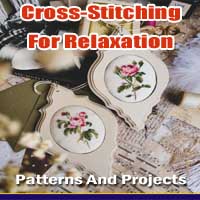


A Time-Honored Craft With Modern Relevance
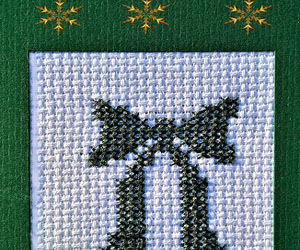
Needlework, often associated with the patient and skilled manipulation of fabric and thread, is a timeless craft that has been cherished across cultures for centuries. It encompasses a wide range of techniques, including embroidery, cross-stitch, knitting, crocheting, and more. Despite the advent of modern technology and fast-paced living, the art of needlework continues to thrive and evolve, offering a unique blend of tradition and contemporary creativity.
Historical Significance: Needlework has a rich history that spans continents and generations. It has been employed in both functional and decorative capacities, from clothing and linens to ornate tapestries and artwork. This historical significance adds depth and meaning to the craft.
A Vehicle For Creative Expression: Needlework is a versatile form of artistic expression. It allows individuals to create intricate patterns, images, and designs using a wide range of stitches and techniques. Each project is a canvas for personal creativity and self-expression.
Stress Relief And Mindfulness: Engaging in needlework promotes relaxation and mindfulness. The repetitive and rhythmic movements of stitching or knitting have a calming effect, reducing stress and anxiety. It provides an opportunity for meditation and mindfulness, offering a temporary escape from the demands of modern life.
A Sense Of Accomplishment: Completing a needlework project, whether it's a beautifully embroidered pillow or a hand-knit sweater, brings a sense of achievement and pride. Watching your creation come to life, stitch by stitch, fosters self-esteem and a deep sense of satisfaction.
Connection To Tradition: Needlework connects us to our cultural heritage. Many techniques and patterns have been passed down through generations, preserving age-old traditions. This connection to tradition adds a layer of historical richness to the craft.
A Sustainable Hobby: Needlework is often sustainable and eco-friendly. Crafters can create practical, long-lasting items that reduce the need for disposable, mass-produced alternatives. This aspect of needlework aligns with a modern focus on sustainability and eco-conscious living.
Versatility: Needlework can take on various forms and serve diverse purposes. From functional items like clothing, home decor, and accessories to fine art and wall hangings, the versatility of needlework allows for a wide array of projects.
To explore the world of needlework and incorporate it into your life, consider the following steps:
Choose Your Craft: Start by selecting a specific form of needlework that resonates with you. Whether it's embroidery, cross-stitch, knitting, or crochet, choose a technique that aligns with your interests and goals.
Gather Materials: Acquire the necessary materials, such as fabric, thread, needles, and any other specific tools related to your chosen craft. High-quality materials can greatly enhance the final result.
Learn The Basics: Familiarize yourself with the fundamentals of your chosen needlework technique. You can find numerous books, online tutorials, and classes that provide guidance and instructions for beginners.
Start With Simple Projects: Begin with straightforward projects that match your skill level. As you gain experience and confidence, you can progressively tackle more intricate and challenging pieces.
Join A Community: Consider joining a needlework community or attending local crafting groups or workshops. Sharing your passion with others can offer support, encouragement, and inspiration.
The art of needlework remains an enduring and relevant craft that embodies a connection to tradition, a platform for creative expression, and a source of mindfulness and relaxation. Whether you're a seasoned needleworker or a beginner, this versatile and meaningful craft offers a unique blend of historical significance and contemporary relevance. So, pick up your needle and thread, and embark on a journey through the time-honored art of needlework, where you can create, connect, and find solace in a world that values both tradition and innovation.
A Time-Honored Craft
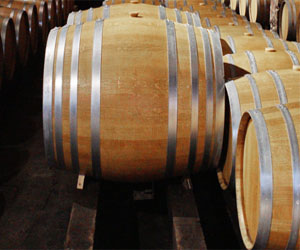 Once the grapes are collected, they are processed through various methods, including crushing, destemming, and pressing. The choice of these methods, like the choice of grape variety, varies from region to region, reflecting the traditions and techniques that have been perfected over time.
Once the grapes are collected, they are processed through various methods, including crushing, destemming, and pressing. The choice of these methods, like the choice of grape variety, varies from region to region, reflecting the traditions and techniques that have been perfected over time.
Fermentation And Aging: The fermentation stage is where the magic happens. Yeasts convert the grape sugars into alcohol, and this is a stage where winemaking traditions show their depth. Some wineries still rely on wild, naturally occurring yeasts for fermentation, while others use cultivated yeasts to ensure consistency. The decision can greatly influence the wine's character.
Aging is another crucial aspect of winemaking traditions. Many winemakers use oak barrels, which can impart flavors and aromas to the wine, adding complexity and depth. The length and type of aging are often guided by tradition. For example, in Bordeaux, it's common to age red wines in oak for extended periods, while in the New World, there's often a preference for a more fruit-forward style with shorter aging.
Blending And Bottling: Blending is an art that relies on the winemaker's palate, knowledge, and adherence to tradition. Winemakers may blend different grape varieties or vintages to achieve the desired flavor profile, and this is often influenced by regional practices and local customs.
Once the wine has reached the desired quality, it is bottled, sealed, and labeled, often with labels that pay homage to the winery's history and heritage.

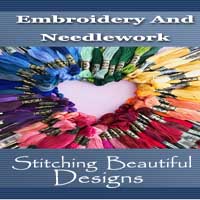
Beauty From The Earth, For The Earth
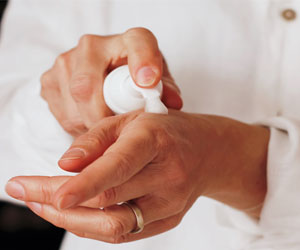 Nature's Bounty: Natural cosmetics are crafted from botanical and organic ingredients such as plant extracts, essential oils, and minerals. These clean ingredients nourish the skin, providing a safer and more holistic approach to beauty.
Nature's Bounty: Natural cosmetics are crafted from botanical and organic ingredients such as plant extracts, essential oils, and minerals. These clean ingredients nourish the skin, providing a safer and more holistic approach to beauty.
Clean Formulations: Natural cosmetics are free from harsh chemicals, synthetic fragrances, and toxic additives commonly found in conventional cosmetics. They prioritize the use of clean, safe, and non-toxic ingredients, reducing the risk of skin irritations, allergies, and long-term health concerns.
Environmental Consciousness: Many natural cosmetics brands embrace sustainable and eco-friendly practices. They focus on sourcing ingredients responsibly and use recyclable or biodegradable packaging, significantly reducing their environmental impact.
No Animal Testing: A significant portion of natural cosmetics is cruelty-free, meaning they don't test their products on animals. This aligns with the principles of ethical consumerism and compassionate treatment of animals.
Transparency And Accountability: Natural cosmetics brands are known for their transparency. They provide detailed information about their ingredients, sourcing, and production processes. This allows consumers to make informed choices about the products they apply to their skin.
Safer Makeup Alternatives: Natural cosmetics extend beyond skincare to include makeup products like foundation, lipstick, and mascara. Clean cosmetics offer safer alternatives for enhancing beauty without compromising health or the environment.
Holistic Beauty: Natural cosmetics encourage a holistic approach to beauty. They emphasize that beauty is not merely skin-deep and is deeply intertwined with overall well-being, mental health, and self-confidence.
Crafted With Love And Sustainability
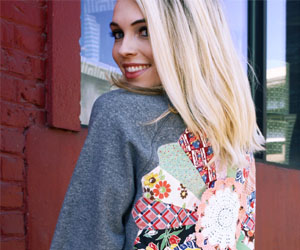 Uniqueness And Personalization
Uniqueness And Personalization
DIY upcycled gifts are unique and personalized. Each creation is one-of-a-kind, reflecting the maker's individual style and the recipient's preferences. Whether it's upcycled jewelry, a hand-sewn bag, or repurposed decor, the inherent charm of these gifts is in their distinctiveness.
Endless Possibilities
The possibilities for DIY upcycled gifts are virtually limitless. Some popular ideas include turning vintage teacups into candles, transforming old windows into picture frames, crafting planters from used containers, and creating tote bags from discarded clothing. With a little imagination and resourcefulness, the sky's the limit.
Getting Started With DIY Upcycled Gifts
Gather Materials: Start by collecting the materials you'll need for your chosen project. This may involve hunting for discarded items, vintage finds, or materials you already have at home.
Choose The Right Project: Select a DIY project that aligns with the recipient's tastes and needs. Consider their hobbies, interests, and the occasion.
Learn Techniques: If you're new to upcycling, research and familiarize yourself with the necessary techniques for your chosen project. There are numerous online tutorials, books, and resources available.
Personalize Your Creation: Add a personal touch to your upcycled gift. You can do this by incorporating the recipient's favorite colors, adding custom designs, or incorporating a heartfelt message.
Safety First: Be mindful of safety precautions, especially when working with tools, paints, or materials that may have sharp edges or require special handling.
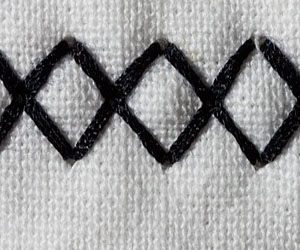
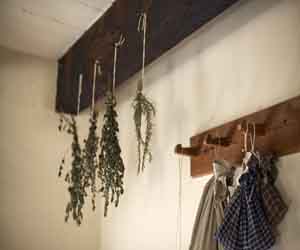

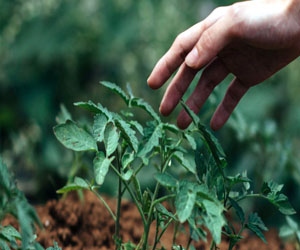
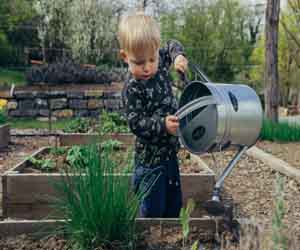
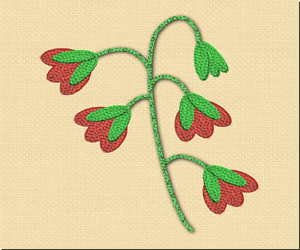
Earth-Saving Crafts
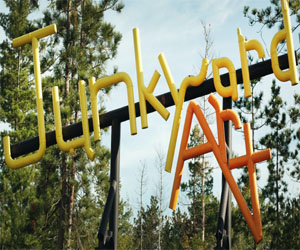 Environmental Impact
Environmental Impact
One of the most significant aspects of earth-saving crafts is their direct impact on the environment. By reusing materials, these crafts reduce the demand for new resources, saving energy and conserving raw materials. Crafting from waste materials not only lowers carbon footprints but also lessens the burden on landfills. It's a small, yet crucial, step toward mitigating the detrimental effects of overconsumption and waste generation.
Empowering Individuals
Engaging in earth-saving crafts is empowering. It fosters a sense of self-sufficiency and self-expression. Crafting allows individuals to take control of their environmental impact and make conscious choices. It encourages people to think outside the box and find new uses for old items, thereby reducing their reliance on mass-produced, environmentally-harmful goods.
A Platform For Innovation
Earth-saving crafts promote innovation and creativity. When faced with limited resources, crafters often devise ingenious solutions to repurpose materials.
Crafting Beauty With Thread
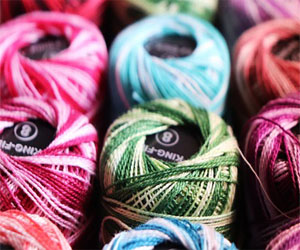 Exploring The Rich World Of Decorative Stitching: Decorative stitching encompasses a wide array of techniques, each offering a unique way to embellish and beautify fabrics. While the art of sewing often serves a functional purpose, decorative stitching goes beyond utility to infuse items with a touch of artistic flair.
Exploring The Rich World Of Decorative Stitching: Decorative stitching encompasses a wide array of techniques, each offering a unique way to embellish and beautify fabrics. While the art of sewing often serves a functional purpose, decorative stitching goes beyond utility to infuse items with a touch of artistic flair.
Embroidery: The Timeless Embellishment
Embroidery is one of the most celebrated forms of decorative stitching. This intricate craft involves the use of various stitches, threads, and colors to create patterns, designs, and images on fabric. Whether it's delicate floral motifs, intricate lacework, or intricate monograms, embroidery adds a personal and artistic touch to everything from clothing to home furnishings.
Quilting: Stitching Stories In Fabric
Quilting is another form of decorative stitching that marries functionality with artistic expression. Quilters use stitches to join layers of fabric and create intricate designs that often narrate stories or reflect cultural traditions. From patchwork quilts to intricately stitched bedspreads, quilting is a testament to both creativity and craftsmanship.